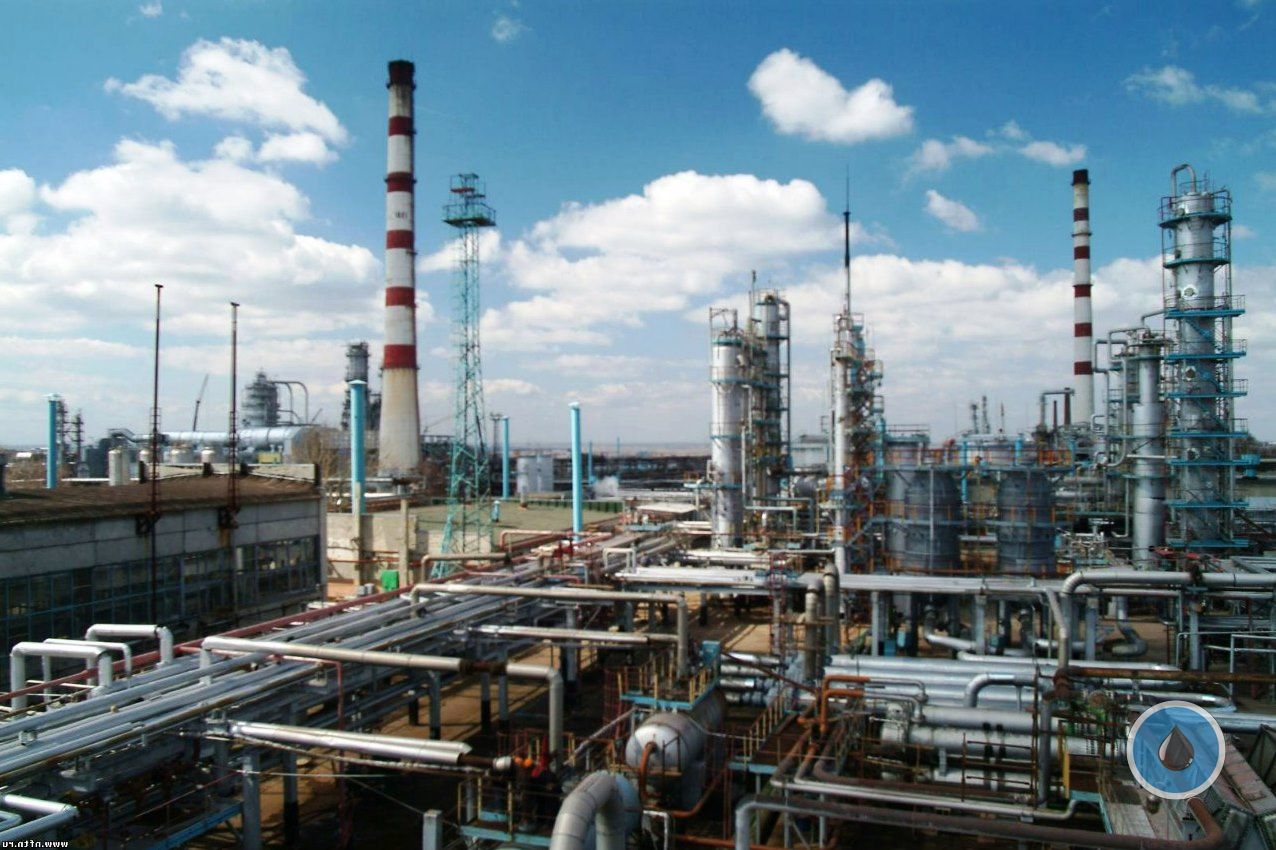Нефтегазовые новости

Calculation of Capital Investments – Spending Our Money Wisely!
"During next 10 years we will reinvest probably more than $15 bln in production," Dudley said. "Oil business is a long-term business, and we are working on creating a Russian oil and gas company of real world standard that will continuously achieve excellent results and positively contribute to Russia's economic and social development."
Last year, TNK-BP's capital expenditure amounted to $1.5 bln. This strategy immediately bore fruit as the Company increased production year-on-year by 13 percent, pumping on average 1.44 mln bpd of oil. According to Dudley, the long-term nature of corporate investments has been reflected in the Company's strategy and its 20-year plan of operations.
"At that both the strategy and the 20-year plan are constantly updated and perfected," noted Dudley. "I am pleased to announce that although our company is quite young – our experience has proved to be very positive. We managed to change quite a lot and to achieve real success."
Enhancing Capital Investment Efficiency
Bearing in mind the management's plans to increase investments in infrastructure and drilling, the issue of increasing capital investments efficiency becomes even more urgent. Increasing capital investments efficiency in construction by several percent can actually become savings of several hundred million dollars for the Company. In turn, this can be allocated to other projects where they can serve in extending production, creating additional workplaces, leading to additional production and implementation of additional social programs.
The Project Controls department (Projects & Engineering, Technology) is working on resolving the issue of increasing construction capital investments efficiency, and it also provides information support to the construction cost forecast at the earliest project stages. For that purpose the department is implementing a number of projects dealing with increasing the Company's value and its competitiveness. These projects form an integral complex program. Major components of this program are:
- Implementation of the CPP program within the Company. A detailed description of this program was provided in the launch issue (see article by Project Controls director Thomas Rye, Innovator #1, November-December 2004);
- Use of the resource-technological method (RTM) for estimating cost of facilities construction during early project stages;
- Development, monitoring and benchmarking studies for the corporate database for facilities already constructed and under construction. Having already covered the CPP procedure, Innovator plans to discuss the other two projects at length in the coming issues. At that we believe it is very important to make our readers aware of the terminology and concepts used in such projects, their compatibility and equivalence with terminology already familiar to most Russian specialists dealing with current legislation, construction norms and regulations.
Calculating Our Expenses
And now, let us talk in more detail about the structure and mechanism of the synergy effect from simultaneous, parallel implementation of the above-mentioned projects in the capital investments justification process. The joint work results should provide assistance and, in a number of cases, simplify significantly the work of the project teams on project costs at its initial stages (Appraise, Select) when there are no detailed work breakdown and schedules. For the top managers, gatekeepers and SPA such integral complex programs will provide a higher transparency of calculations in making decisions for moving to the next project stage, it will make them confident of the correctness of decisions made and will demonstrate a level of success of the Company's work in comparison with Russian and foreign competitors.
The calculation process for the project costs at the project's initial stages is always complicated and usually consists of two options:
We try to compile a list of project facilities to be constructed, then we look for analogs from information/data on facilities already constructed and try to interpolate, compare and estimate new facility costs, correlating it with the data available.
We set facility output parameters (volumes for preliminary water discharge unit or refinery, pipeline or terminal throughput capacity). Having information on unit rates for similar projects (millions of dollars for construction of a refinery with pre-determined capacity) we can multiply the figures and estimate/forecast the construction cost for our project with its own output parameters. Such options form the basis for the construction costs calculation/estimation methods used nowadays.
As we can see, labor intensity involved in the use of a certain method, as well as requirements for its preliminary review, jointly determine the accuracy of results. It is quite dangerous if an illusion of accuracy is developed (budget method), which, due to tradition or inertia dominates in decision-making over other apparent factors.
We should remember that during transition from one CPP stage to another, the project economics accuracy increases at the Define stage as well (+/- 15 percent). In a separate article we will highlight the risk and degree of fallibility that are characteristic for the budget method of calculating the cost of construction (based on benchmark 1984-1991 prices), especially for conducting tenders with prospective contractors.
That article will also review all the pros and cons of the resource-technological method (RTM) for estimating and forecasting costs, which was developed and patented by the Project Controls Department specialists.
Thus we have resolved the issue of a more accurate and faster estimate-forecast of construction costs and have come to the next step in describing the structure and mechanism of the synergy effect from simultaneous, parallel implementation of the above-mentioned projects in the capital investments justification process for the above-described projects. This entails development of corporate database for the facilities already constructed and to be constructed. It will resolve simultaneously several major issues the most important of which are:
- provision of data for the RTM;
- holding benchmarking studies, communication of experience with companies monitoring capital investment efficiency for the Performance Forum (PF) – meeting/club of oil and gas producers within the North Sea and other offshore areas, that our company has started to collaborate with in 2005;
- aspiration to get unit corporate parameters on capital investments to the best world companies level in order to increase TNK-BP's value, investment attractiveness and competitiveness.
The synergy effect shown in the figure (see opposite page) the result of the simultaneous and parallel penetration in the capital investments justification process resolves the following project management issues:
- simplifies the cost calculation process;
- speeds up the construction cost calculation process;
- assures transparency of the expenditures calculation process;
- demonstrates comparability of results with the competitors in the industry;
- decreases the possibility of error or results overstatement;
- mitigates risks allowing to manage them successfully;
- strengthens the Customer's side in the tender relationship with the Contractors.
Ultimately, this effect increases the Company's value, investment attractiveness and competitiveness.
Summing it up, we should note the "constant improvement" process that occurs with the simultaneous, parallel penetration into the project capital investments justification program. On one hand, the CPP procedure requires resolution of the cost calculation issue and increasing calculation accuracy from stage to stage and that is provided by the RTM which in turn requires a well-structured database. Additions to and refinements of the database parameters happen in the process of obtaining information on implementation of appropriate project stages, and so on. That reminds us of the "convergence task" or "constant improvement" process, i.e. increasing precision.
Hopefully information mentioned here will attract the attention of specialists from project teams. In our next article we will continue in more detail with the resource-technological method for construction cost calculations.
Понравилась новость?
Расскажи друзьям!
Похожие новости:
- Safety under Control: TNK-BP Introduces In-Vehicle Monitoring Systems
- Young Specialists: Bringing Teamwork and Energy to TNK-BP
- Learnings from HAZOP Experience
- Япония начала добывать сланцевую нефть
- On a Path to Implementation
- TNK-BP Refineries to Boost Catalytic Cracking Efficiency with New Catalysts
- TNK-BP Refineries to Boost Catalytic Cracking Efficiency with New Catalysts
- Updates Popularly Accepted
- Teachings of the Experience
- Russian oil companies have been increasingly interested in the gas business

